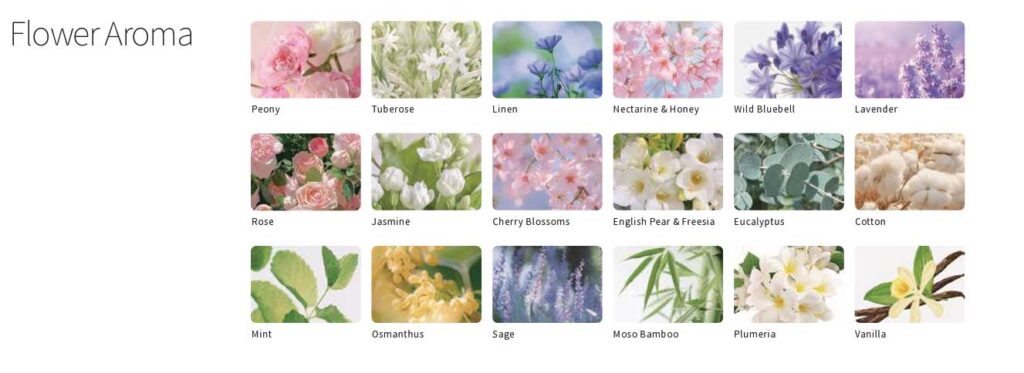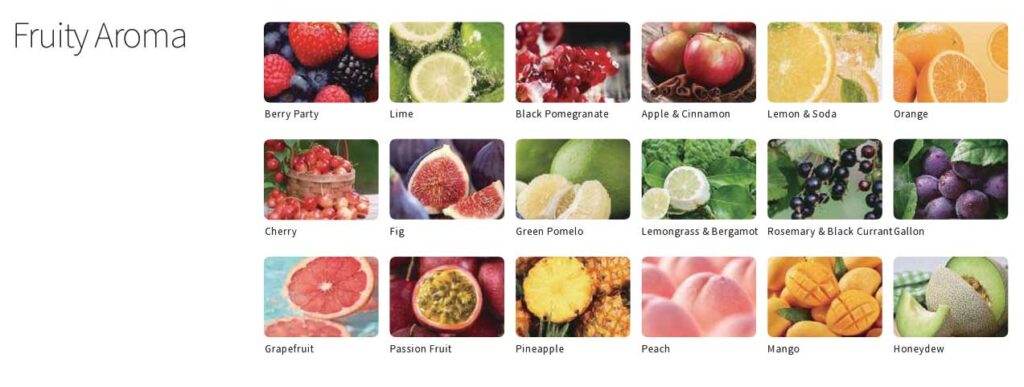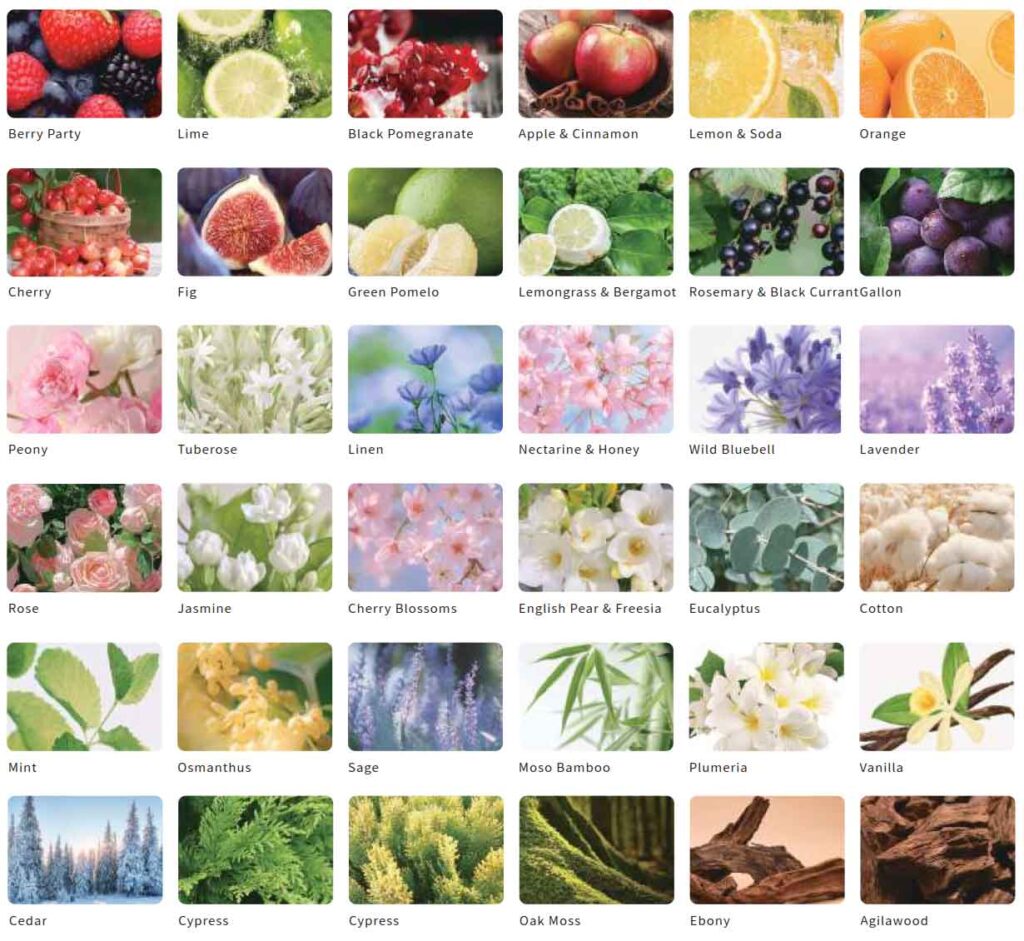The Art and Science of Fragrance Families: A Manufacturer's Perspective
- December 25, 2024
Table of Contents
Explore the Fragrance Families
As fragrance oil manufacturers and wholesalers, we’ve come to appreciate the intricate world of scents and their classifications. Fragrance families are more than just categories; they’re the building blocks of olfactory artistry. In this comprehensive guide, we’ll explore the evolution of fragrance classification and its importance in our industry.
The Roots of Fragrance Classification
The early 20th century saw the birth of fragrance categorization, a system that has since become the backbone of perfumery. This initial classification included:
- Soliflores: Fragrances showcasing a single flower’s essence
- Floral Symphonies: Complex blends of multiple floral notes
- Amber Accords: Rich combinations of vanilla, animal scents, and woody notes
- Woodland Wonders: Scents dominated by earthy, woody aromas
- Leather Luxe: Fragrances evoking the rich scent of tanned hide
- Chypre Charisma: A distinctive family based on an oakmoss-patchouli accord
- Fougère Freshness: Lavender-based scents with a fern-like character

The Modern Fragrance
Post-1945, advancements in fragrance technology and changing consumer preferences led to the emergence of new categories:
- Luminous Florals: A contemporary take on traditional floral scents
- Verdant Visions: Modern, light interpretations of the classic Chypre
- Aquatic Allure: Clean, fresh scents reminiscent of ocean breezes
- Citrus Sophistication: Complex, long-lasting citrus-based fragrances
- Gourmand Indulgence: Scents inspired by culinary delights”

The Fragrance Wheel: A New Perspective
Michael Edwards revolutionized fragrance classification in 1983 with the Fragrance Wheel, offering a more intuitive way to understand scent relationships:
Core Families:
- Floral Fantasies
- Oriental Opulence
- Woody Warmth
- Fresh Awakenings
- Fougère Fusion (central to the wheel)
Subfamilies:
- Floral: Soft Petals, Floral Orient
- Oriental: Spice Souk, Woody East
- Woody: Forest Floor, Dry Woods
- Fresh: Citrus Burst, Green Meadows, Aquatic Mist
This innovative approach simplifies fragrance classification and illustrates the interconnectedness of different scent families, providing invaluable insights for creators and consumers in the ever-evolving world of fragrances

Women's Fragrance Families
Women’s fragrances are often categorized into four main families, each with its unique characteristics and subfamilies:
Chypre
Chypre fragrances are based on a woody, mossy, floral accord. They often include:
– Floral Chypre: Adding floral notes like lily of the valley or rose
– Fruity Chypre: Incorporating fruity notes such as peach or mirabelle plum
Citrus
Citrus fragrances are primarily composed of citrus scents, characterized by their freshness and lightness:
– Aromatic Citrus: Enhanced with aromatic notes like thyme or rosemary
Floral
The floral family is diverse, ranging from single flower scents to complex bouquets:
– Aldehyde Floral: Featuring powdery or woody notes
– Aquatic Floral: Incorporating marine notes
– Fruity Floral: Blending floral scents with fruit notes
– Green Floral: Adding sharp, fresh green notes
– Woody Musk Floral: Combining floral accords with woody and musky notes
Oriental
Oriental fragrances are known for their warmth and sensuality:
– Floral Oriental: Combining traditional oriental base with exotic floral notes
– Spicy Oriental: Incorporating spices like cinnamon or cloves
– Vanilla Oriental: Featuring prominent vanilla notes
– Woody Oriental: Adding warm wood notes like sandalwood or cedar

Men's Fragrance Families
Men’s fragrances are typically grouped into four main families:
Aromatic
Aromatic fragrances are composed of herbal and spicy notes:
– Aquatic Aromatic: Adding ocean-inspired notes
– Fougère Aromatic: Blending aromatic notes with the classic fougère accord
– Fresh Aromatic: Incorporating fresh notes like white flowers or citrus
– Rustic Aromatic: Featuring countryside-inspired scents
Citrus
Citrus fragrances for men often have a strong presence of aromatic and spicy notes:
– Aromatic Citrus: Enhancing the citrus accord with herbs like thyme or rosemary
Oriental
Men’s oriental fragrances are rich and sophisticated:
– Fougère Oriental: Combining oriental notes with a fougère accord
– Spicy Oriental: Adding distinct spicy notes like nutmeg or cardamom
– Woody Oriental: Featuring warm woody notes like patchouli or sandalwood
Woody
Woody fragrances for men are warm, dry, and elegant:
– Aquatic Woody: Complementing woody notes with ocean-inspired scents
– Aromatic Woody: Starting with aromatic top notes
– Chypre Woody: Incorporating chypre notes like oakmoss
– Floral Musk Woody: Blending woody notes with floral and musk accords
– Spicy Woody: Adding bold, spicy notes to a soft woody base
These fragrance families allow manufacturers to create diverse scent profiles that cater to different preferences in men’s and women’s fragrances.
The Importance of Fragrance Families in Perfumery
1. Classification and organization: Fragrance families provide a structured system for categorizing scents, making it easier for professionals and consumers to navigate the vast world of perfumes.
2. Consumer guidance: By understanding fragrance families, customers can better identify their preferences and discover new scents that align with their tastes.
3. Product development: Perfumers use fragrance families as a foundation for creating new scents, combining elements from different families to craft unique and appealing fragrances.
4. Marketing and communication: Fragrance families offer a common language for describing scents, facilitating effective marketing strategies and consumer education.
5. Industry standardization: The classification system helps establish a standardized approach to fragrance description across the industry.
Conclusion: The Evolution of Fragrance Families
The fragrance industry constantly evolves, with new scents and combinations emerging regularly. While traditional fragrance families provide a solid foundation, modern perfumery continues to push boundaries and blur the lines between categories.
As fragrance manufacturers and wholesalers, we recognize the importance of staying attuned to these changes. By understanding both classic and contemporary fragrance families, we can:
– Develop innovative products that cater to changing consumer preferences
– Offer a diverse range of scents that appeal to various market segments
– Provide expert guidance to our clients in selecting and creating fragrances
The future of fragrance classification may see further refinements and new categories as technology advances and consumer tastes shift. However, the fundamental concept of fragrance families will likely remain a cornerstone of the perfume industry, guiding the creation, marketing, and appreciation of scents for years to come.
